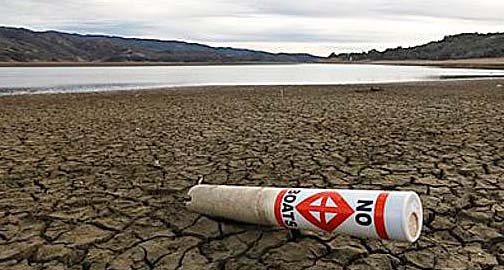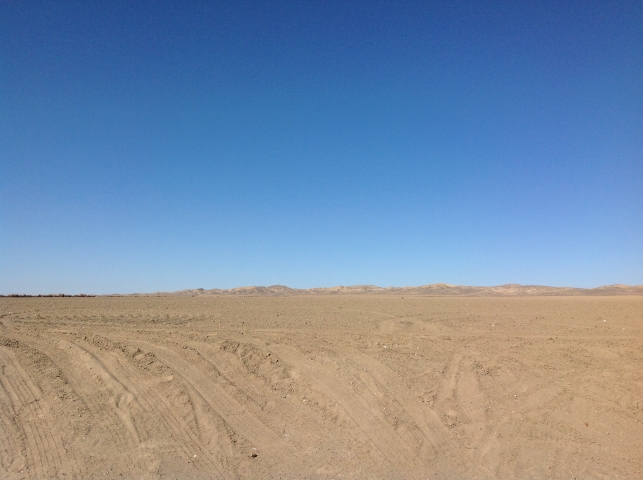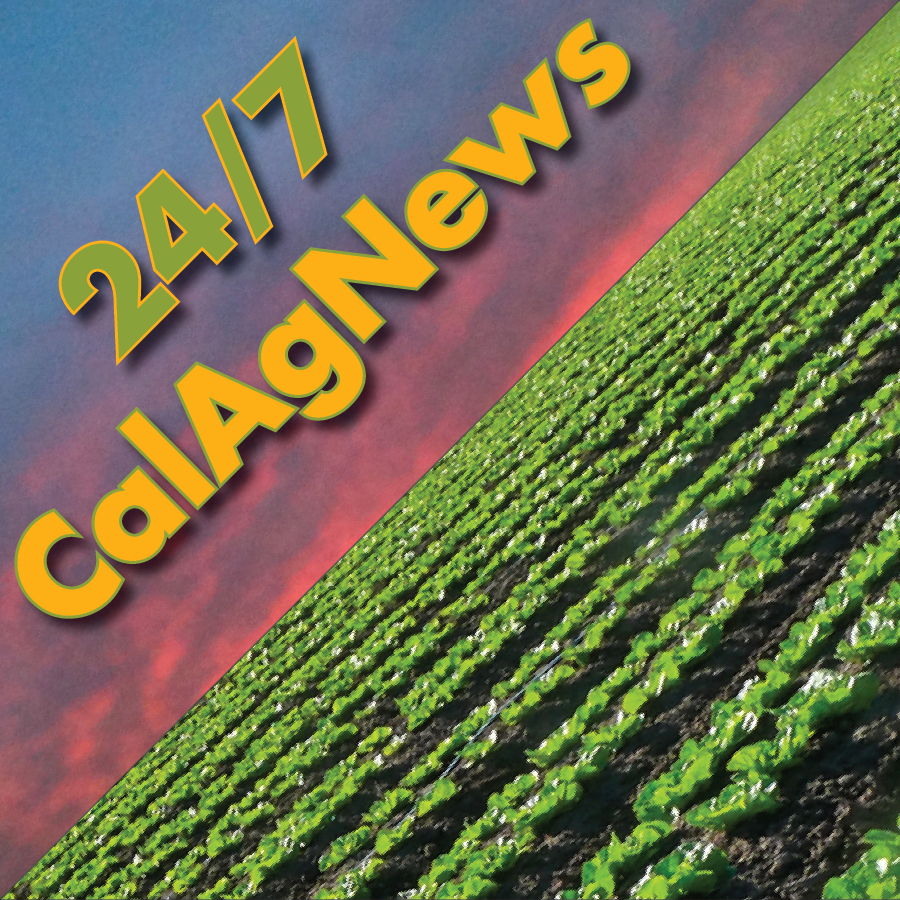Water Forum Aug. 29 Chukchansi Park
Water Forum will present the facts on the drought and environmental restrictions
The Fresno Grizzlies have announced that Netafim USA will be the presenting sponsor of the Farm Grown Central Valley Water Forum scheduled for Friday, August 29th at Chukchansi Park prior to the Tacoma Rainiers vs. Fresno Grizzlies 7:05 p.m. PT game.
The forum topic will center on the current drought conditions and the impacts to the Central Valley Ag industry and rural communities. “There is no greater issue in the Central Valley than the current and future availability of water for agricultural use; forums – like this one – are an essential step towards developing a long term solution for California’s agricultural community,” said Ze’ev Barylka, Marketing Director for Netafim USA.
The panel discussion will focus on the issue of regional impacts, asking the questions: how did the system breakdown, what are the subsequent statewide effects, and finally, what coalitions are being developed outside the Central Valley to assist in fixing the system. Panelists will include representatives from various water agencies, government leaders and officials.
“This partnership certainly brings to light the vital role that Netafim USA plays in providing emerging water conservation and drip irrigation technologies to the Central Valley Ag and farming industry. The partnership will also provide the Farm Grown program with tremendous amounts of exposure to the industry beyond the Central San Joaquin Valley as well, thereby increasing our ability to continue in providing topical agricultural forums to promote agriculture and farming here at the stadium,” said Jerry James, Fresno Grizzlies Vice President of Revenue.
The Water Forum Panel will include:
- Congressman Jim Costa (CA-16)
- Congressman David Valadao (CA-21)
- State Senator Tom Berryhill (14th Senate District)
- GM of Kings River Conservation District David Orth
- GM of the Friant Water Authority Ronald D. Jacobsma
- Marketing Director for Netafim USA and Netafim Mexico Ze’ev Barylka
Forum Moderator Bud Elliott


















